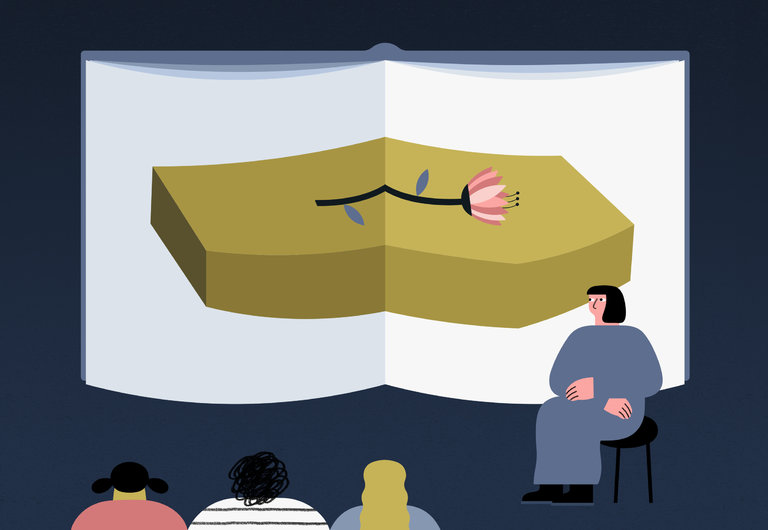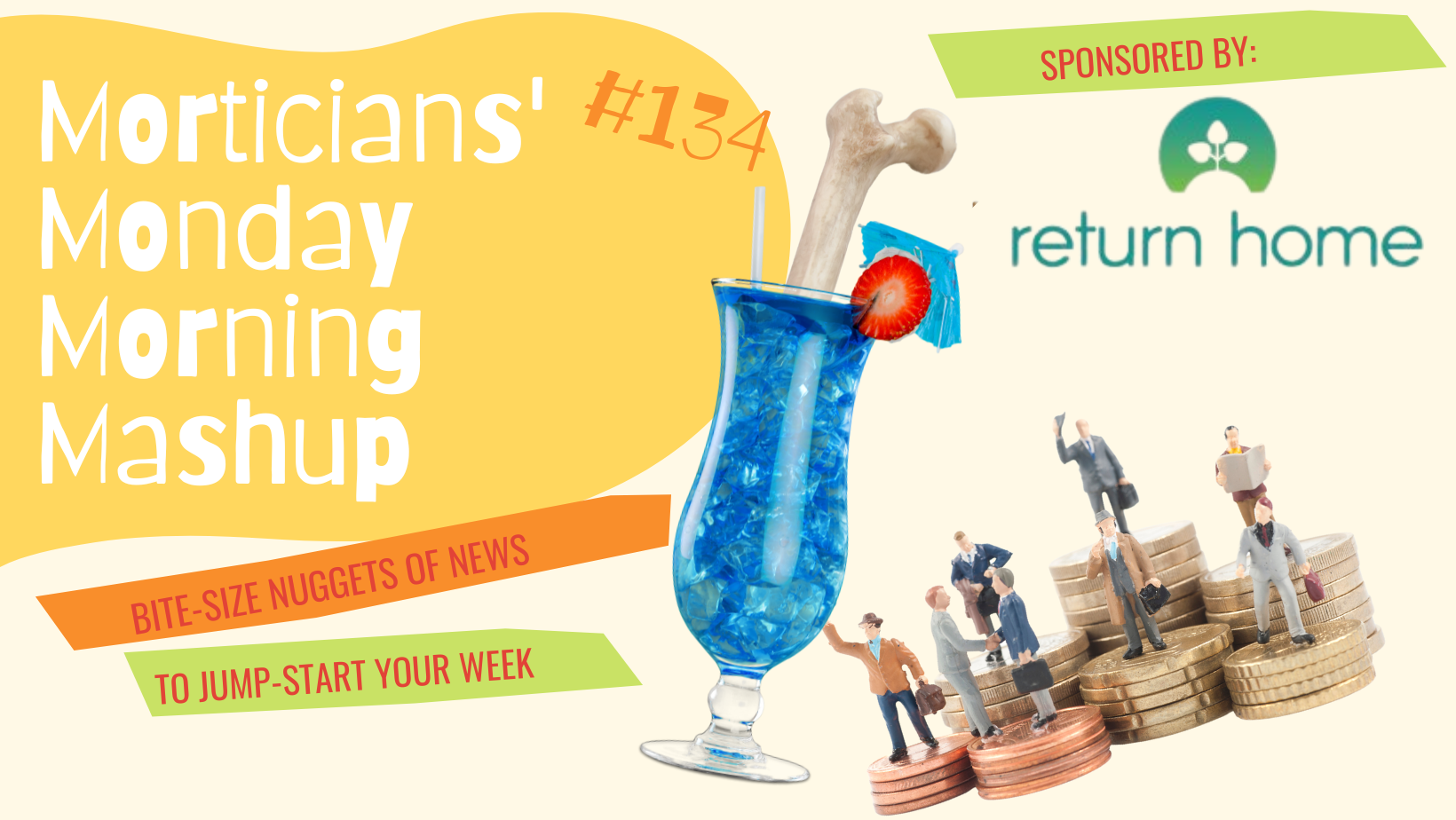First, Sex Ed. Then Death Ed.
Originally Posted on NYTimes
FIVE years ago, I taught sex education to my daughter Tessa’s class. Last week, I taught death education to my daughter Sasha’s class. In both cases, I didn’t really want to delegate the task. I wanted my daughters and the other children in the class to know about all of the tricky situations that might await them. I didn’t want anyone mincing words or using euphemisms. Also, there was no one else to do it. And in the case of death ed, no curriculum to do it with.
When Tessa heard I’d be teaching sex ed to her fellow seventh graders, she was mortified. My husband suggested she wear a paper bag over her head, whereupon she rolled her eyes and walked away. When the day arrived, she slunk to the back of the room, sat down at a desk and lowered her head behind her backpack.
As I started in, 13 girls watched me with trepidation. I knew I needed to bring in the words they were dreading right away, so that we could move on to the important stuff. “Penis and vagina,” I said, and there were nervous giggles. A pencil dropped to the floor. With the pressure released, I moved on to talking about contraception, saying no, saying yes, pregnancy, sexually transmitted diseases, even roofies. By the end of the hour, hands were held urgently in the air, and my daughter’s head had emerged from behind her backpack.
Sexual education programming was promoted by the National Education Association as far back as 1892 as a necessary part of a national education curriculum. As information spread and birth control became increasingly available, unwanted pregnancies dropped, and rates of S.T.D.s plummeted. In this case, knowledge really is power.
I believe that this is true of death, too.
I am a doctor who practices both critical and palliative care medicine at a hospital in Oakland, Calif. I love to use my high-tech tools to save lives in the intensive-care unit. But I am also witness to the profound suffering those very same tools can inflict on patients who are approaching the end of life. Too many of our patients die in overmedicalized conditions, where treatments and technologies are used by default, even when they are unlikely to help. Many patients have I.C.U. stays in the days before death that often involve breathing machines, feeding tubes and liquid calories running through those tubes into the stomach. The use of arm restraints to prevent accidental dislodgment of the various tubes and catheters is common.
Many of the patients I have cared for at the end of their lives had no idea they were dying, despite raging illness and repeated hospital admissions. The reasons for this are complex and varied — among them poor physician training in breaking bad news and a collective hope that our technologies will somehow ultimately triumph against death. By the time patients are approaching the end, they are often too weak or disabled to express their preferences, if those preferences were ever considered at all. Patients aren’t getting what they say they want. For example, 80 percent of Americans would prefer to die at home, but only 20 percent achieve that wish.
Many of us would choose to die in a planned, comfortable way, surrounded by those we love. But you can’t plan for a good death if you don’t know you’re dying. We need to learn how to make a place for death in our lives and we also need to learn how to plan for it. In most cases, the suffering could have been avoided, or at least mitigated, by some education on death and our medical system. The fact is that when patients are prepared, they die better. When they have done the work of considering their own goals and values, and have documented those preferences, they make different choices. What people want when it comes to end-of-life care is almost never as much as what we give them.
I am a passionate advocate for educating teenagers to be responsible about their sexuality. And I believe it is past time for us to educate them also about death, an equally important stage of life, and one for which the consequences of poor preparedness are as bad, arguably worse. Ideally this education would come early, well before it’s likely to be needed.
I propose that we teach death ed in all of our high schools. I see this curriculum as a civic responsibility. I understand that might sound radical, but bear with me. Why should death be considered more taboo than sex? Both are a natural part of life. We may think death is too scary for kids to talk about, but I believe the consequences of a bad death are far scarier. A death ed program would aim to normalize this passage of life and encourage students to prepare for it, whenever it might come — for them, or for their families.
Every year in my I.C.U. I see dozens of young people at the bedsides of dying relatives. If we started to teach death ed in high school, a student visiting a dying grandparent might draw from the curriculum to ask a question that could shift the entire conversation. She might ask about a palliative care consultation, for example, or share important information about the patient’s preferences that she elicited during her course. High school, when students are getting their drivers’ licenses and considering organ donation, is the perfect time for this. Where else do we have the attention of our entire society?
Last week, my colleague Dawn Gross and I taught our first death ed program in my daughter’s ninth-grade class at the Head-Royce School, a private, progressive (and brave) school in Oakland. In the classroom, we had some uncomfortable terms to get out of the way early on, just as I did in sex ed — death, cancer, dementia. We showed the teenagers clips of unrealistic rescues on the TV show “Grey’s Anatomy,” and then we debunked them. We described the realities of life in the I.C.U. without mincing words — the effects of a life prolonged on machines, the arm restraints, the isolation. Everyone was with us, a little tentative, but rapt.
And then we presented the material another way. We taught them how to play “Go Wish,” a card game designed to ease families into these difficult conversations in an entertaining way. We asked students to identify their most important preferences and values, both in life and as death might approach. We discussed strategies for communicating these preferences to a health care team and to their own families.
We were delighted by their response. It didn’t take them long to jump in. They talked openly about their own preferences around death. One teenager told another that she wanted to make sure she wasn’t a burden to her family. A third said he was looking forward to playing “Go Wish” with his grandfather, who recently had a health scare.
Dawn and I walked out with huge smiles on our faces. No one had fainted. No one had run out of the class screaming. The health teacher told us she was amazed by their level of engagement. It is my hope that this is only the first step toward generating wide public literacy about this phase of life, which will eventually affect us all. The sooner we start talking about it, the better.



